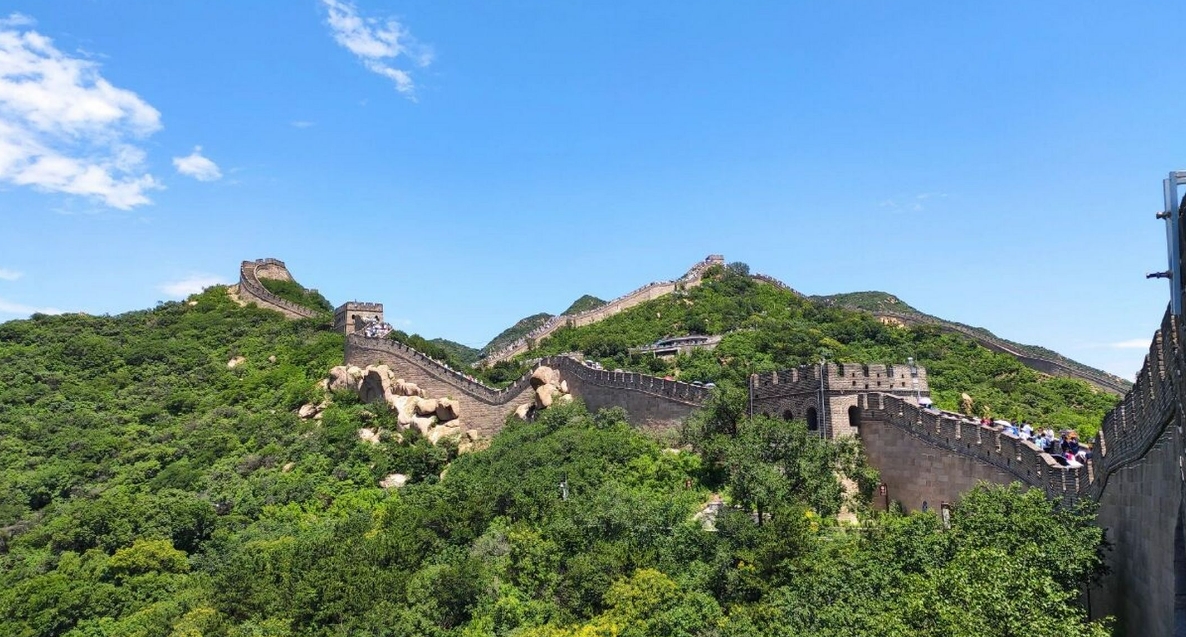
Which Great Wall Reigns Supreme in China?
The Great Wall, a winding and majestic fortification, is undeniably one of the most iconic symbols of China. However, it’s not a single structure, but a vast system of walls, watchtowers, and fortifications built by successive dynasties throughout history. Faced with such a colossal wonder, one can't help but wonder: which Great Wall can claim the title of "the best" in China?
The answer might be subjective, but the Ming Great Wall, with its sheer scale and remarkable preservation, emerges as a top contender. Constructed from 1368 to 1644, this awe-inspiring structure spans approximately 5,500 miles (8,850 kilometers), stretching from Hushan near Dandong City in Liaoning Province in the east to Jiayuguan, west of Jiuquan City in Gansu Province in the west. It traverses towering mountains and vast deserts, showcasing an unparalleled grandeur.
Let's delve into the allure of the Ming Great Wall from different perspectives:
1. Unparalleled Scale and Engineering Marvel:
- Astonishing Length: At 5,500 miles (8,850 kilometers), equivalent to one-fifth of the Earth's circumference, its sheer length testifies to its monumental scale.
- Complex Structure: The Ming Great Wall is not a simple wall but a sophisticated defense system comprising ramparts, passes, watchtowers, and battlements.
- Sophisticated Materials: Built primarily with bricks and stones, sections of the wall incorporate sticky rice, lime, and other materials, enhancing its strength and durability.
2. Remarkable Preservation and Imposing Presence:
- Weathering the Centuries: Despite enduring centuries of wind and rain, the Ming Great Wall remains remarkably well-preserved, with many sections retaining their grandeur.
- Restoration Efforts: The Chinese government has invested significant resources in recent years to restore and protect the Ming Great Wall, breathing new life into this ancient wonder.
- Tourist Destination: The Ming Great Wall attracts visitors worldwide, serving as a vital window into Chinese history and culture.
3. Strategic Location and Scenic Beauty:
- Eastern Section: The eastern part of the Ming Great Wall winds through breathtaking mountain ranges. Hushan Great Wall in Liaoning, for instance, offers stunning views of the Yalu River.
- Central Section: The central section passes through Beijing and boasts iconic sections like Badaling and Mutianyu, renowned for their majestic beauty.
- Western Section: Stretching into the Gobi Desert, the western section exudes a stark and desolate beauty. Jiayuguan, a crucial pass on the ancient Silk Road, holds immense historical significance.
4. Rich Cultural Significance and Historical Weight:
- Defense Against Invaders: The Ming Great Wall stands as a testament to the Chinese nation's resilience against foreign invasion, bearing witness to countless heroic tales.
- National Spirit: Its construction embodies the diligence, ingenuity, and unwavering spirit of the Chinese people.
- Cultural Exchange: As a bridge connecting East and West, the Ming Great Wall facilitated cultural exchange and integration between civilizations.
In conclusion, the Ming Great Wall, with its unparalleled scale, impressive preservation, scenic beauty, and profound cultural significance, stands tall as the most remarkable representative of all Great Walls in China. It's not only a treasured heritage of the Chinese nation but also a shared legacy of humanity.
Q&A
Q1: Which section of the Great Wall is the most famous?
A: The Badaling section of the Ming Great Wall, located near Beijing, is the most visited and arguably the most famous.
Q2: How long did it take to build the Ming Great Wall?
A: Construction of the Ming Great Wall spanned over two centuries, beginning in 1368 and ending in 1644.
Q3: Why was the Great Wall built?
A: The primary purpose of the Great Wall, throughout its various iterations, was to defend China from nomadic invaders from the north.
note: This return of all, without the author's permission, may not be reproduced